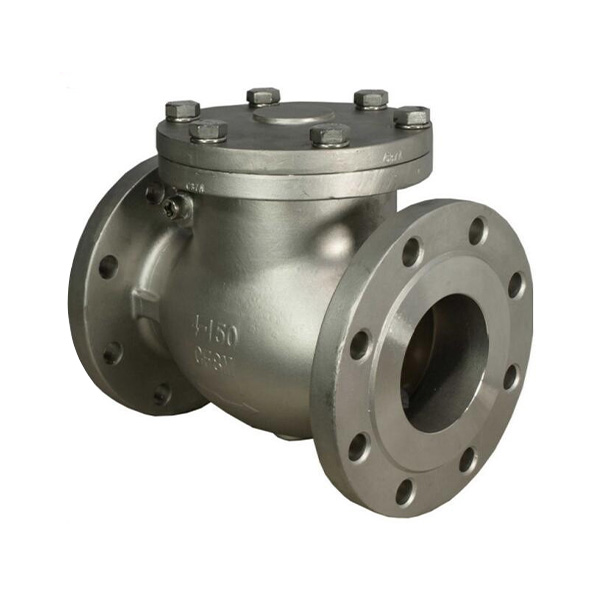Mobile:+86-311-808-126-83
Email:info@ydcastings.com
Optimizing Performance with High-Quality LS1 Exhaust Manifolds for Superior Engine Efficiency
Understanding the LS1 Stock Exhaust Manifold
The LS1 engine, famously used in the Corvette and various other Chevrolet vehicles, is celebrated for its power and efficiency. One critical component of this engine is the exhaust manifold, which plays a significant role in the overall performance of the vehicle. The LS1 stock exhaust manifold, in particular, has garnered attention among car enthusiasts, performance tuners, and DIY mechanics.
What is an Exhaust Manifold?
An exhaust manifold is a crucial part of an internal combustion engine. Its primary function is to collect exhaust gases from the engine's cylinders and direct them into the exhaust system. For the LS1, the stock exhaust manifold is designed to handle the engine's output while minimizing restrictions. Originally, the LS1 exhaust manifolds are made from cast iron, which provides durability and excellent thermal properties.
Design and Functionality
The design of the LS1 exhaust manifold is one of its defining characteristics. It features a simple yet effective layout that promotes efficient gas flow. The manifold is designed to minimize the distance the exhaust gases travel before entering the catalytic converter, which helps improve engine response and efficiency. The stock configuration features a single outlet that leads into the exhaust system, which provides a good balance between performance and noise control.
However, while the LS1 stock exhaust manifold performs adequately for most driving situations, many performance enthusiasts seek aftermarket upgrades for increased airflow and enhanced engine performance. This is due to the fact that factory manifolds can sometimes be limiting, especially in higher-performance applications.
Limitations of the Stock Manifold
ls1 stock exhaust manifold

The stock LS1 exhaust manifold, while robust, does have its limitations. One significant drawback is its weight; cast iron is considerably heavier than other materials such as stainless steel or aluminum. This added weight can negatively affect the vehicle's overall performance, especially in racing scenarios where every pound counts.
Additionally, the stock design may not provide the best flow characteristics, particularly when compared to aftermarket long-tube headers or performance manifolds. The transition from the manifold to the exhaust system can introduce some turbulence, which may hinder the efficient expulsion of exhaust gases, potentially leading to a decrease in horsepower and torque at higher RPMs.
Aftermarket Alternatives
For those looking to maximize the performance of their LS1 engine, aftermarket options abound. Long-tube headers, for example, are a popular choice among performance enthusiasts. These headers offer larger diameter piping and are designed to improve exhaust flow significantly. They can lead to noticeable increases in horsepower and torque, as well as more aggressive exhaust notes.
Another option is shorty headers, which provide some performance benefits over stock manifolds without the complexity of long-tube installations. Both options, however, may require modifications to the existing exhaust system and can affect emissions compliance.
Conclusion
The LS1 stock exhaust manifold serves its purpose well in the context of everyday driving and provides a reliable solution for exhaust gas management. However, for those pushing the limits of performance, understanding its limitations is critical. Upgrading to aftermarket solutions like long-tube headers can unlock the full potential of the LS1 engine, allowing for greater horsepower, better throttle response, and an enhanced driving experience.
Ultimately, whether you stick with the stock LS1 exhaust manifold or venture into the world of aftermarket upgrades will depend on your performance goals and driving style. Careful consideration of how you plan to use your vehicle will guide you in making the right choice for your specific needs.
-
Why Should You Invest in Superior Pump Castings for Your Equipment?NewsJun.09,2025
-
Unlock Performance Potential with Stainless Impellers and Aluminum End CapsNewsJun.09,2025
-
Revolutionize Your Machinery with Superior Cast Iron and Aluminum ComponentsNewsJun.09,2025
-
Revolutionize Fluid Dynamics with Premium Pump ComponentsNewsJun.09,2025
-
Optimizing Industrial Systems with Essential Valve ComponentsNewsJun.09,2025
-
Elevate Grid Efficiency with High-Precision Power CastingsNewsJun.09,2025











